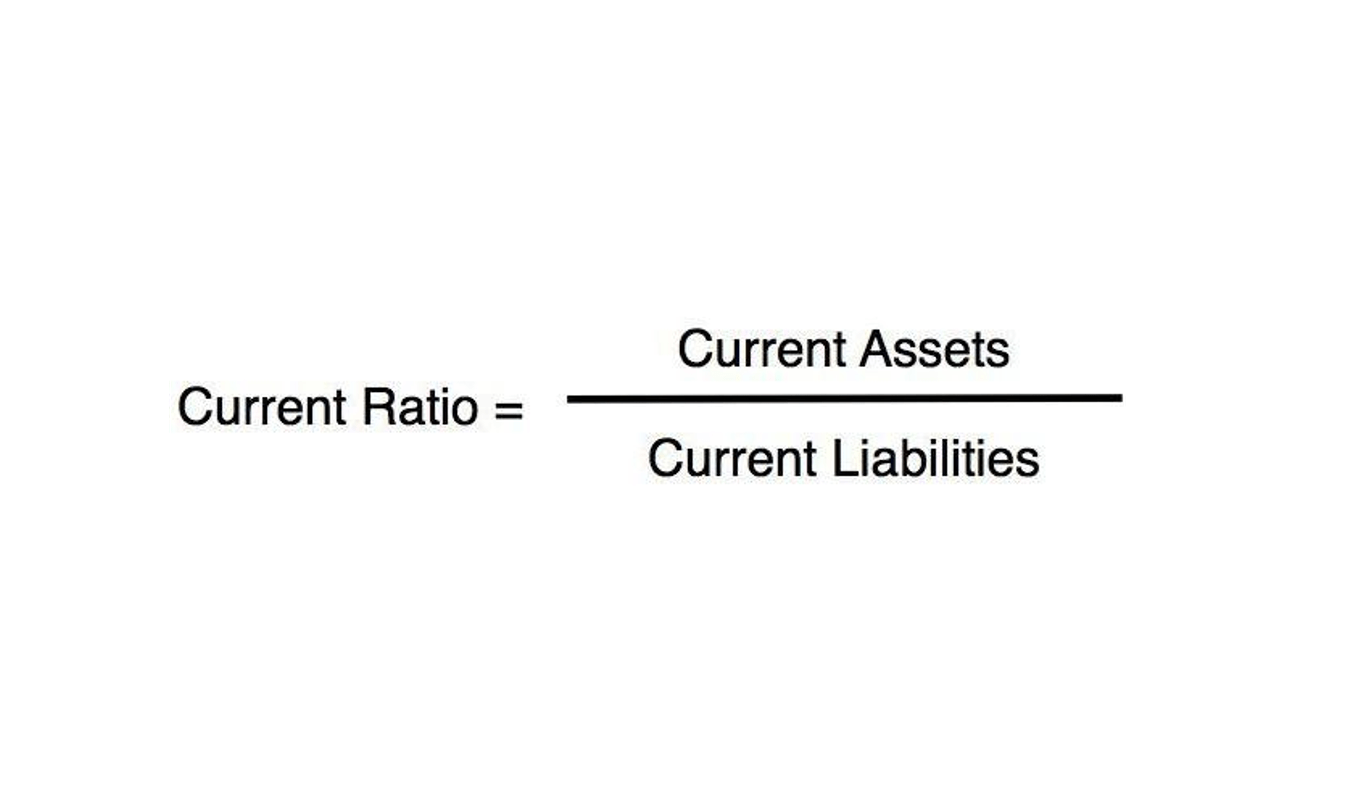
With its massive calls on compute, storage, and networking, generative AI needs cloud to scale. Generative AI’s complexity, moreover, requires implementation via scalable enterprise cloud platforms rather than via disconnected pilots and initiatives run by individual development teams. When McKinsey gathered nearly 80 CTOs and cloud program leaders together this fall, we heard that many believe generative AI may be a disruptor that transforms ROI dynamics for cloud programs and accelerates cloud adoption. All methods regarding the conduct of this economic evaluation conducted alongside the OPTI-MEND trial were described in a Health Economic Analysis Plan [11].
Incremental Analysis
This economic evaluation conducted on the OPTI-MEND trial provides convincing evidence that HSCP should be adopted as part of treatment as usual in Irish EDs. Before calculating incremental cost ICC, you need to determine the fixed costs and the variable costs. Fixed costs are those that do not change with production or sales, such as rent and insurance.
Benefits of Incremental Cost Analysis
This study aims to evaluate whether augmenting the treatment as usual for older adults admitted to ED is cost-effective. There are several factors that go into calculating the incremental cost of capital. These include the type of financing (debt or equity), the current market conditions, the company’s financial history, and more. As seen in Case 2, incremental cost increased significantly by $55,000 to produce 5,000 more units of tobacco. This happens in the real world as prices of raw materials change depending on the quantity bought from suppliers.
AccountingTools

Incremental cost is choice-based; hence, it only includes forward-looking costs. The cost of building a factory and set-up costs for the plant are regarded as sunk costs and are not included in the incremental cost calculation. It typically includes variable costs that vary with production volumes, such as raw material inputs, direct labor costs for factory workers, and other variable overheads, such as power/energy and water usage costs. Understanding incremental costs becomes critical for businesses looking to increase their productivity and overall profitability. The second element of opportunity is using generative AI capabilities to accelerate cloud programs.

What Is the Benefit of Incremental Analysis?

Be sure to read until the end for answers to frequently asked questions. The concept of opportunity cost describes the reward or loss resulting from a decision made between respective alternatives. Incremental costs change at different scales of production, and so do their benefits. Businesses must determine the exact volume at which they can get the greatest value. To give you an idea of how knowing your incremental and marginal cost leads to better financial planning, let’s get back to the shirt business example. Due to economies of scale, it might cost less in producing two items than what was incurred in producing each one separately.
- From the above information, we see that the incremental cost of manufacturing the additional 2,000 units (10,000 vs. 8,000) is $40,000 ($360,000 vs. $320,000).
- Participants’ responses to the EQ-5D-5L questionnaire were used to estimate health states utilities using the Irish value set [14].
- If the long-run predicted cost of the raw materials is expected to rise, then electric vehicle prices will likely be higher in the future.
- Incremental costs are relevant in making short-term decisions or choosing between two alternatives, such as whether to accept a special order.
- A budget of €7,500 was allocated to cover cost of aids and appliances for participants during the intervention and a dedicated assessment room in the ED for €14,600 for the six-month period.
- Incremental costs are also useful for deciding whether to manufacture a good or purchase it elsewhere.
The calculation of incremental cost needs to be automated at every level of production to make decision-making more efficient. There is a need to prepare a spreadsheet that tracks costs and production output. From this analysis, we can reliably conclude that HSCP represents value to the Irish health system and should be adopted as part of treatment as usual in Irish EDs. While these dedicated HSCP teams are currently in situ across the majority of ED in Ireland, further work is ongoing to establish core standards of care across these teams. Over 65s are frequent attenders to the Emergency Department (ED) and more than half are admitted for overnight stays.
Access Exclusive Templates
- The tobacco business has seen the significant benefits of the economies of scale in Case 3.
- In addition to considering the cost of providing a HSCP team in the ED, and determining how this compares to TAU, resource use data were collected from all participants by a trained research nurse blind to group allocation.
- Incremental cost is important because it affects product pricing decisions.
- A sunk cost is a cost that has already been incurred and cannot be recovered.
- Companies use incremental analysis to decide whether to accept additional business, make or buy products, sell or process products further, eliminate a product or service, and decide how to allocate resources.
If a business is earning more incremental revenue (or marginal revenue) per product than the incremental cost of manufacturing or buying that product, the business earns a profit. Accurate cost prediction and measurement is critical to properly pricing goods and services. Companies https://www.bookstime.com/ with the most accurate cost measurement can adequately define whether or not they are making a profit, and know how to gauge potential new products and investments. Using an accurate method to determine costs is a primary focus of cost accounting and financial control.
Benefits to Incremental Cost Analysis
Relevant costs are also referred to as avoidable costs or differential costs. For a cost to be considered a “relevant cost,” it must be incremental, result in a change in cash flow, and be likely to change in the future. The concept does not apply to financial accounting but can be applied to management accounting. Since the fixed cost is being incurred regardless of the proposed sale, it is classified as a sunk cost and ignored.
Incremental Revenue vs. Incremental Cost
The management must look at the additional cost of producing the products under one roof. This could mean more deliveries from vendors or even more training costs for employees. Because the sunk costs are present regardless of any opportunity or related decision, they are not included in incremental analysis. Within the more general incremental analysis framework, where a decision’s viability and profitability are determined by the ratio of incurred expenses to additional revenue, incremental cost analysis is deeply ingrained. However, when a company’s factory is at full capacity, creating an extra unit goes beyond variable costs.
If you increase your output to 15,000 shirts at a total cost of $120,000, your incremental cost will be $20,000. This means the $20,000 additional cost will produce 5,000 extra units on your product line. However, the $50 of allocated fixed overhead costs are a sunk cost and are already spent. The company has excess capacity and should only consider the relevant costs. Therefore, the cost to produce the special order is $200 per item ($125 + $50 + $25). An incremental cost is the difference in total costs as the result of a change in some activity.


